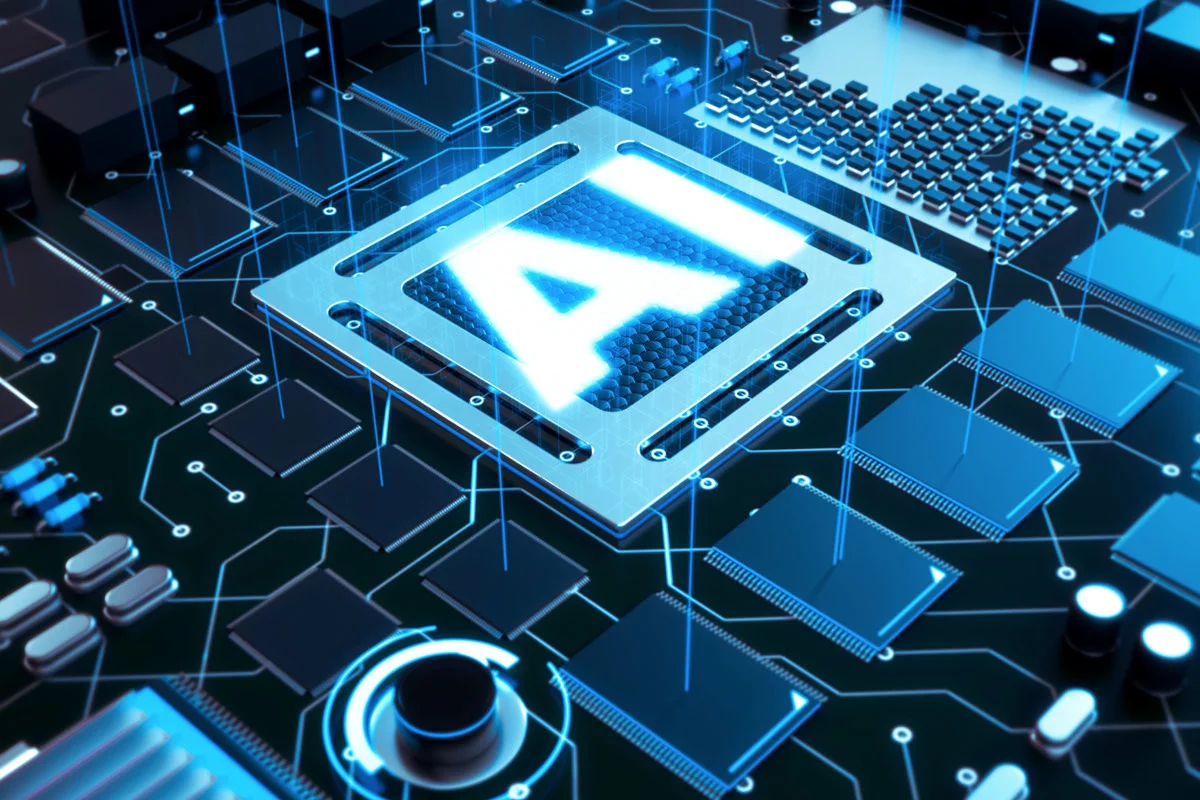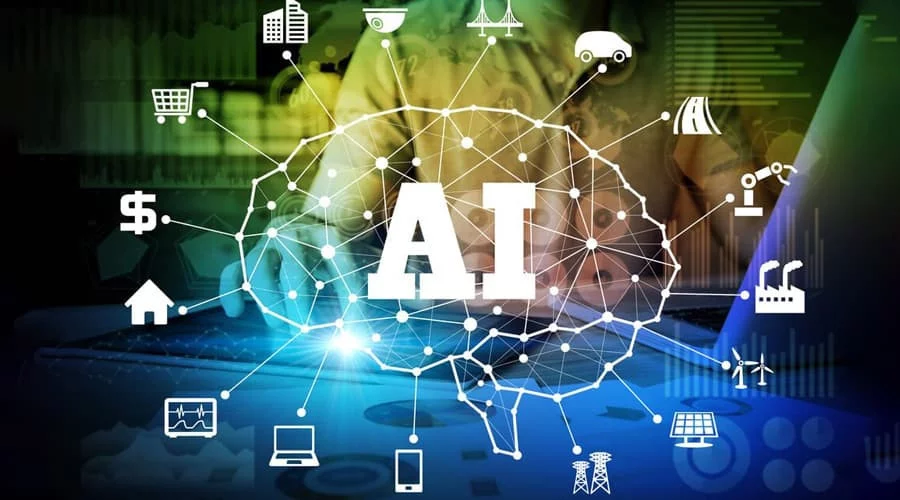Artificial Intelligence in your Organisation
Many organisations have successfully produced useful AI models via ad-hoc analysis, particularly in data analytics departments that provide decision support. A significant challenge is to take models produced via ad-hoc analysis and allow said AI models to be used by the broader organisation. Businesses allowing an entire organisation to leverage AI will lead to a significant edge.
This article will explore how to integrate AI within an organisation via means of productionisation.
Identifying a Suitable AI Model for Production Use
An artificial intelligence or machine learning model suitable for production use is any model that produces valuable insights or yields a practical outcome. Suppose that such models must be constantly run manually by data scientists. In that case, there is a good chance that the process is not productionised and only accessible to a few technical employees.

A model is productionised when used daily in business as usual (BAU) processes. Henceforth, if it is run ad-hoc, it is not accessible to the broader organisation.
Integrating AI into Business as Usual (BAU) Processes
A long-standing issue with artificial intelligence and machine learning and even older statistical-based models is that few people within an organisation have access to them. There are multiple reasons for this, although the most common is the technical barrier required to surpass to use such models and the necessary computing setup to run such models'.
With the advent of the web browser and the continued functionality built into the browser, it is possible to provide such capabilities to users who may require to use the model simply by having access to a web browser. The reason for this is the computing setup required can be abstracted within a remote server while a user interface can be displayed on how to run and interact with the model. Thus, this will allow going forward into the future, not only artificial intelligence but many more computing functions to be made available to more individuals regardless of technical capabilities.
Productionisation of AI Models to AI Systems
An artificial intelligence system is a system that makes use of an AI model or multiple AI models to achieve the desired outcome. It is not apparent to many organisations the difference between the two as management tends to consider being able to run AI as having AI capabilities. A properly architected and engineered system is required to ensure AI acts under good governance.
An easy way to describe the distinction between the two is to examine the job functions behind each process stage. Computer Scientists develop AI techniques. Data scientists use AI techniques and apply them to problems within the organisation, and given a sound model, Software Engineers then build robust systems that use both the AI techniques and how they are applied.
In the modern era, software engineering would typically build web software that uses such AI via backend processes while presenting a friendly frontend with a rich user interface. Thus, this allows users to use artificial intelligence like a data scientist without requiring technical expertise. Going forward into the future, this is important as AI needs to be democratised given the great advantage it provides those who have access to them.
Leveraging AI and the Cloud
Artificial Intelligence models tend to run on supercomputers, which is very common within the research space. Supercomputers are costly and difficult to access, given many different projects are competing for computational time. An alternative is to leverage the power of distributed cloud computing as an alternative.
Cloud computing provides computing power and storage as requested and can also be scaled dynamically. The advantage is that organisations are not required to invest heavily in building and maintaining said infrastructure. An impediment to organisations accessing artificial intelligence in the past was access to vast computing power and storage. With more accessible access to these resources, it is now practical for organisations to leverage artificial intelligence.
As organisations migrate existing legacy infrastructure and systems to the cloud and adopt a cloud-first strategy, it will be logical that strategic decision-makers will explore where else cloud infrastructure can assist. Artificial intelligence will be among the discussion items when exploring future capabilities.
Presenting and Displaying AI Results to the Wider Organisation
Artificial intelligence models and systems produce results that require an individual to interpret and take action. In the future, artificial intelligence systems may also suggest measures to take. However, it is still very much up to decision-makers to decide how to proceed in the present state.
Existing data presentation and visualisation techniques, such as using business intelligence reporting suites and data analytics dashboards, including Tableau and Power BI, will continue to be used and extended. Custom visualisations will also continue to be developed, such as that seen in self-organising maps (SOM), to allow people to make sense of AI results.
Given that Artificial Intelligence systems can process many more variables than what is understandable to an individual, it is essential that such outputs are comprehensive to a person and that such results and their associated implications are understood.
Interpreting AI and Making Use of AI Results
Artificial intelligence systems, or any system, typically produce outputs. Given the complexity of the results, they must be not misinterpreted or subject to bias within the data. There have been many instances of AI reporting with undue prejudice simply because the data it learnt from contained biased or limited feature sets.
Organisations using AI results must restrict interpretation to the domain of subject-matter experts who work within a said field to ensure a balanced perspective. Taking such an approach also will help ensure that the AI results are sound and complete. We also consider it essential to consider the scope of action taken upon AI results, and it should be within a limited and narrow field to ensure the AI actions are safe.
Contact us today for a free consultation on how the Telemus AI™ can be integrated into your organisation.






